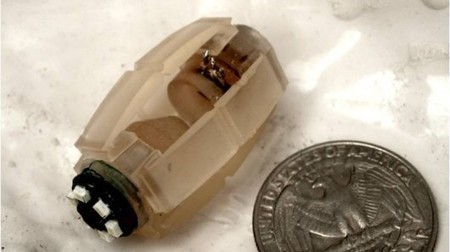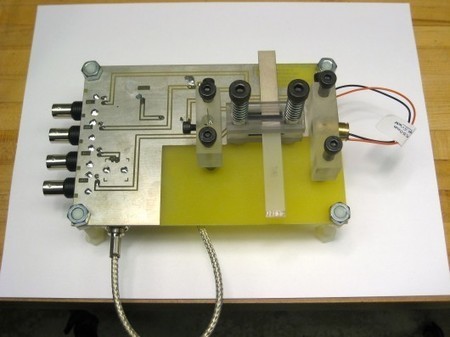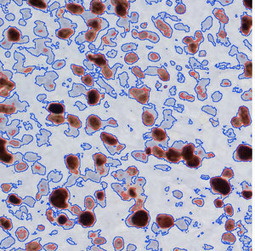Stem-cell therapy for damaged hearts is a brilliant idea whose time has not yet come. The problem: no way to ensure against faulty initial placement of the stem cells.
Stanford’s Sam Gambhir, PhD, MD, who heads Stanford medical school’s Department of Radiology may have found a way around it.
“You can use ultrasound to visualize the needle through which you deliver stem cells to the heart. But once those cells leave the needle, you’ve lost track of them,” he said.



 Your new post is loading...
Your new post is loading...














